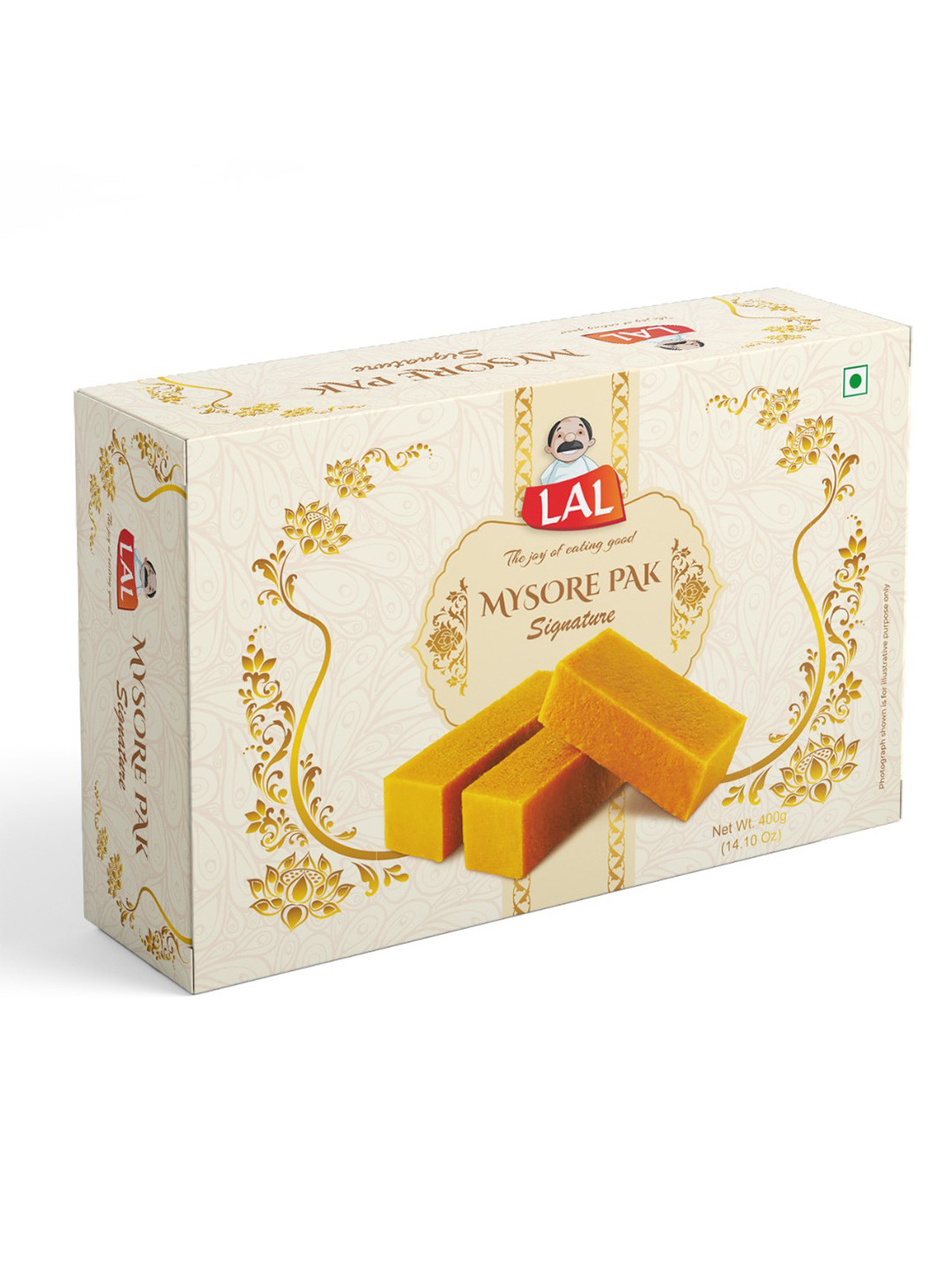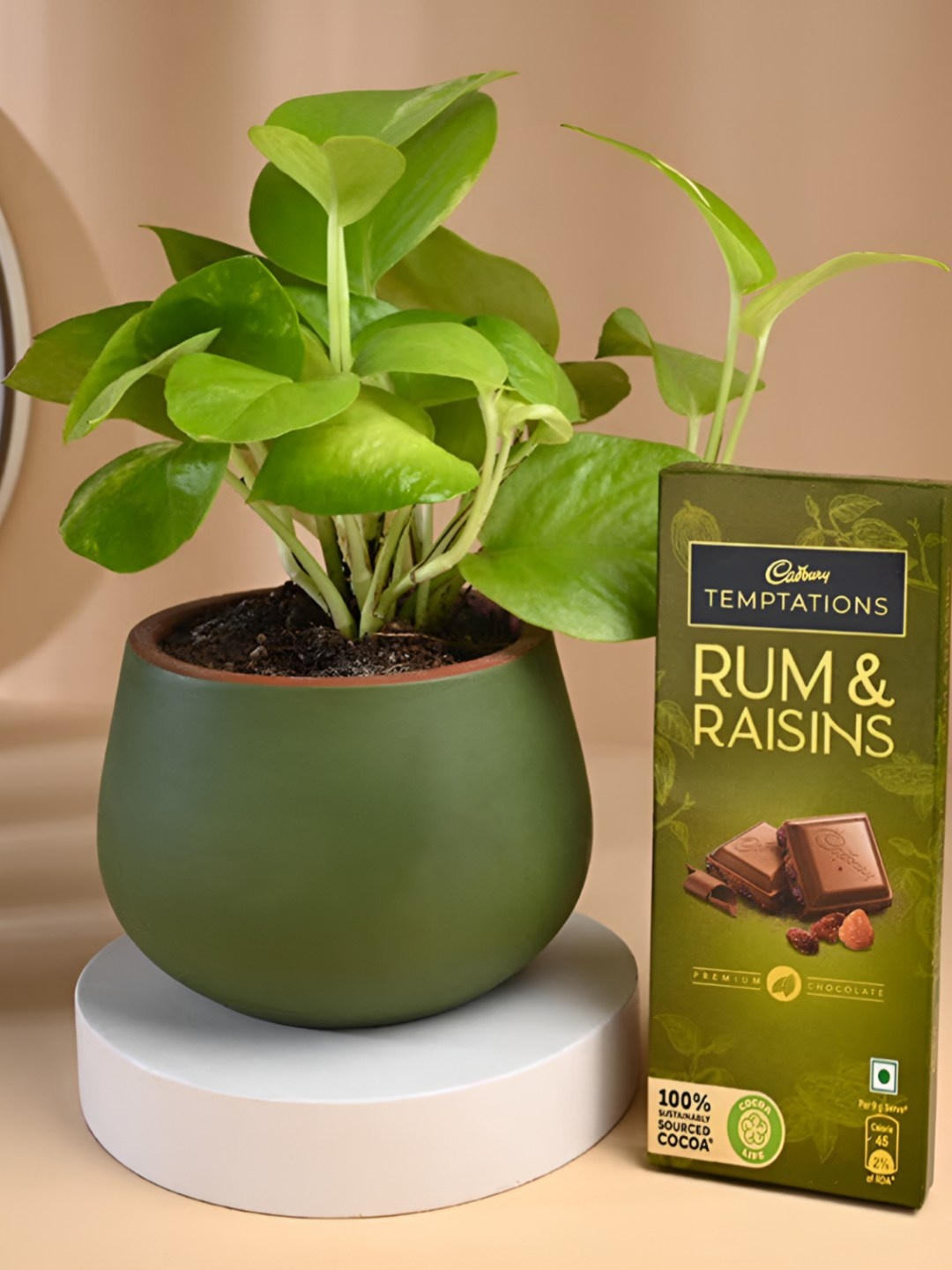The Honey Temperature Rule: Why Heating Honey Destroys Its Benefits
Heating honey above a certain temperature damages its enzymes and antioxidants, meaning its health benefits, flavor, and nutritional qualities are reduced for consumers.

Are You Using Honey Wrong? The Temperature Rule That Preserves Its Benefits.
Honey has charmed people for centuries. A spoonful in warm water, a drizzle on parathas, or a soothing mix with ginger during the cold season, it features in many homes. It looks simple, but honey carries a world of goodness within its sweet depths. Yet a surprising number of people treat honey in ways that strip away its prized qualities. A little extra heat here, a hurried stir into boiling chai there, and the magic dims without anyone realising why.
Keeping honey's natural value intact requires a basic understanding of temperature, and it turns out that honey behaves a lot like a sensitive guest, warm comfort is fine, but too much heat sends its nutrients fleeing. This article unpacks the honey temperature rule with simple stories, practical guidance, and plenty of everyday context. Here is all about the honey temperature rule that reveals heating the liquid destroys its benefits. The goal is to help households enjoy honey the way nature intended.
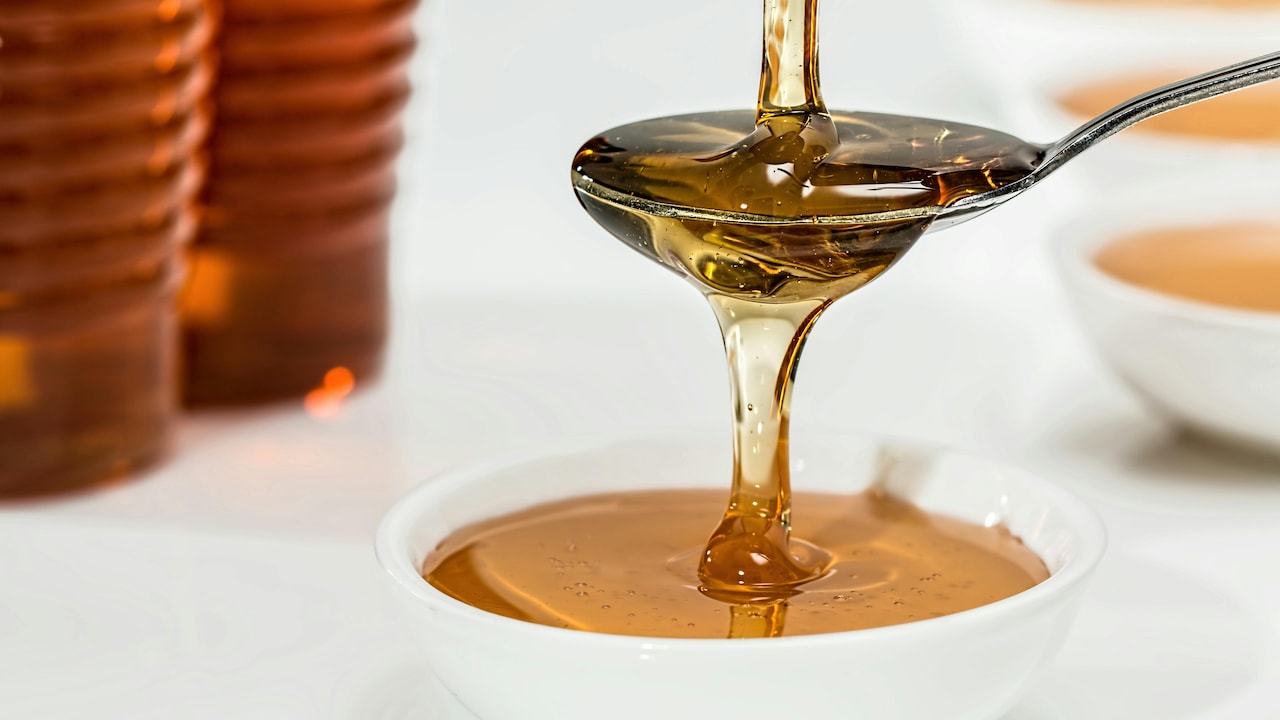
The Honey Temperature Rule: Why Heating Honey Destroys Its Benefits
Photo Credit: Pexels
Protecting Honey's Goodness: The Rule Everyone Should Know
1. Understanding Honey's True Nature
Honey may look delicate, but its composition feels intricate. It holds enzymes, antioxidants, amino acids, minerals and natural sugars that come together in a way only bees can manage. Every drop carries subtle layers, floral notes from nearby blossoms, traces of pollen, and enzymes that support the body. These elements create honey's reputation as a natural healer.
Many families treat honey as a general wellness booster. A spoon before breakfast, a warm drink with lime on a rainy day, or a soothing mix with tulsi during the monsoon, every home has its own ritual. Yet most people don't realise that honey reacts strongly to temperature. The natural enzymes that support digestion and immunity lose their strength when exposed to excess heat. Imagine handing over a steaming hot cup of chai and dropping honey inside. As the heat rises, its delicate compounds shrink away.
Understanding honey's nature helps people appreciate why it deserves gentle handling. Treat it well, and honey gives back generously. Ignore its needs, and the benefits slip away quietly, leaving only sweetness behind.
2. The Temperature Rule: Why Heat Damages Honey
The key to preserving honey's goodness lies in one simple principle: avoid heating it beyond 40°C. This temperature isn't random. At around this point, the enzymes that give honey its healing charm begin to break down. A comparison helps. Just as curd reacts badly to excess heat, honey also loses its balance when temperatures climb.
When honey crosses this threshold, its antioxidant levels fall. Enzymes that help the body process nutrients fade away. A natural compound called HMF (Hydroxymethylfurfural) increases, which signals that the honey's quality has dipped. None of this changes the look or flavour dramatically, so people rarely notice what they've lost.
Many households melt crystallised honey by placing the jar in very hot water. Some add honey during cooking, mixing it into boiling kadha or using it in hot desserts. These habits feel harmless, but they expose honey to temperatures far above its comfort zone. The result? A sweetener that tastes fine but carries fewer benefits than intended. Understanding this rule helps families keep honey in its truest, most nourishing form.
3. Common Mistakes People Make in the Kitchen
Kitchen routines often work on autopilot. A busy morning doesn't leave space for intricate thought. Many people stir honey straight into piping hot tea because it feels quick and convenient. Others believe that heating honey makes it smoother and easier to blend. Some add it to hot chapatis or puris in place of ghee, thinking they're making a healthier swap.
Another common mistake appears during festive cooking. Dishes like hot halwa or warm payasam sometimes receive a drizzle of honey for sweetness. Though it adds charm to the dish, the heat neutralises the honey's natural goodness instantly. Even health-conscious drinkers who enjoy detox concoctions often pour honey into lemon water fresh off the stove. By then, the temperature has already crossed the safe mark.
These habits aren't wrong in intention, everyone wants convenience or flavour. But small adjustments can help keep honey's benefits intact. Taking a moment to let beverages cool slightly or adding honey only after dishes come off the fire makes all the difference. A little awareness safeguards a lot of nutrients.
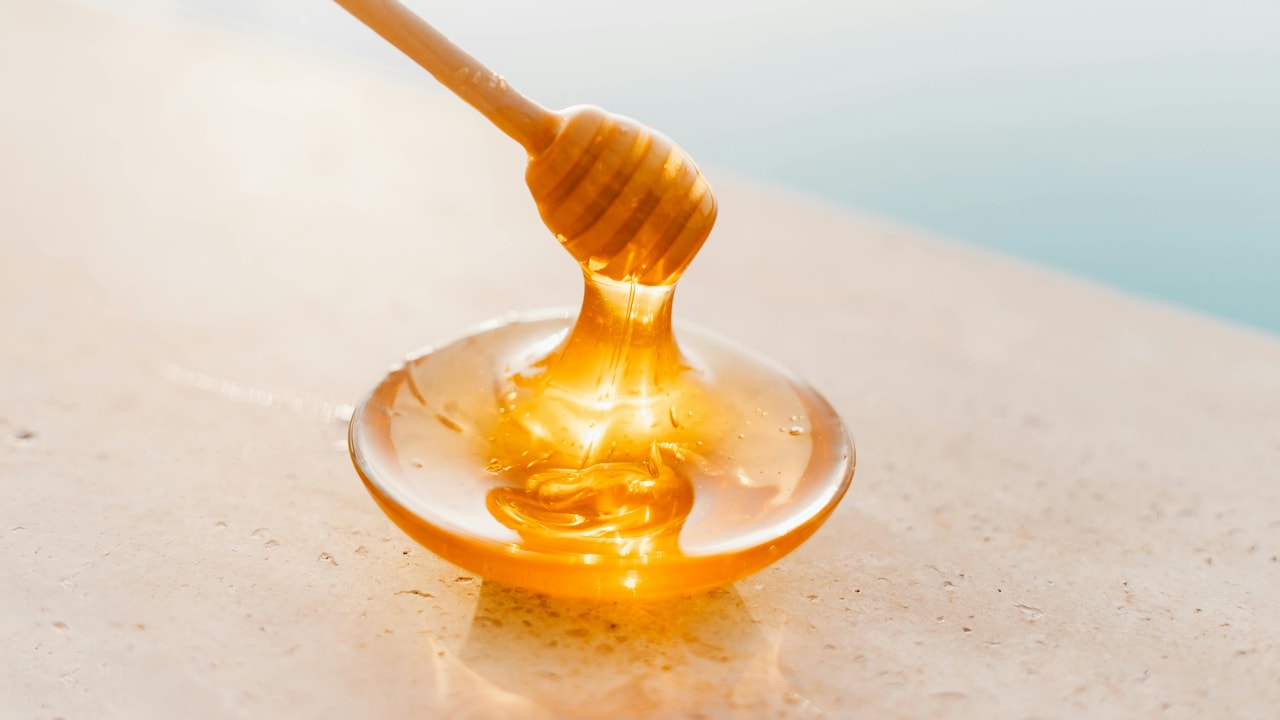
The Honey Temperature Rule: Why Heating Honey Destroys Its Benefits
Photo Credit: Pexels
4. How to Use Honey Safely in Hot Drinks
Honey and warm drinks share a long relationship. A cup of warm water with honey in the morning feels comforting and refreshing. The trick lies in ensuring the drink stays warm, not hot. Warmth supports the honey's enzymes; heat destroys them.
A simple method works every time: prepare your drink as usual, whether it's lemon water, herbal tea or warm haldi water. Then leave it aside for a minute or two. Once it reaches a comfortably warm temperature, the kind you'd give a child without hesitation, it's ready for honey. At this warmth, honey dissolves smoothly without losing its nutrients.
Families who enjoy herbal kadha can follow a similar approach. Brew the ingredients with heat, strain the mixture, then wait until the steam settles. Honey added at the right moment blends beautifully and maintains its goodness. This small delay doesn't reduce flavour; it enhances it.
When handled with care, honey turns a simple warm drink into a nourishing ritual. It brings comfort without sacrificing its natural value.
5. Honey in Traditional Remedies: Keeping the Goodness Intact
Many households rely on honey as part of home remedies. A spoon with ginger juice soothes the throat. A mix with cinnamon helps digestion. Once again, temperature matters. Traditional combinations hold power because they work with natural ingredients, not against them.
Remedies involving honey often look simple, but each ingredient interacts differently. Ginger might need boiling, but honey doesn't. Turmeric may require heat, but honey prefers to join after the heat settles. When families prepare remedies during seasonal colds, they often mix everything at once in boiling water. The result? Honey loses its beneficial enzymes before it even reaches the throat.
It helps to follow a straightforward approach. Prepare the base ingredients with heat if needed, boil ginger, steep tulsi, warm haldi. Then allow the mixture to cool until warm. Only then add honey. Each spoon retains its healing touch, and the remedy works as intended.
This gentle care preserves not just nutrients but heritage. Many generations have used honey in remedies, and honouring the right method keeps these traditions effective.
Also Read: 7 Soft Drinks That Taste Better with Food: Pair Now With Sprite, Mirinda, Coca-Cola, Fanta And More
6. Why Crystallised Honey Doesn't Always Need Heat
Crystallisation often surprises people, leading them to think their honey has spoiled. In reality, crystallisation signals purity. Natural honey thickens over time because of the ratio of glucose to fructose. The crystals don't harm the honey; they simply change its texture.
Many people try to fix crystallisation by placing the jar in very hot water. This seems like a quick solution, but it exposes honey to temperatures that damage its goodness. A gentler approach works much better. Place the jar in warm water, not hot, and let it sit for a while. The warmth slowly melts the crystals without harming the enzymes.
Another option is to use crystallised honey as it is. Spread it on toast, blend it into yoghurt, or mix it into room-temperature smoothies. The texture brings an earthy charm that many find delightful.
Understanding crystallisation removes unnecessary worry. It also helps families avoid heating honey more than needed. After all, nature knows what it's doing, and honey's changing textures form part of its natural journey.
7. Choosing the Right Honey for Your Home
The market offers many varieties of honey, each with unique flavours and properties. Some jars come from small farms, some from forest sources, and others from large commercial producers. Choosing the right honey begins with understanding labels and trusting reliable sources.
Raw honey retains more enzymes and antioxidants because it undergoes minimal processing. It may crystallise quicker, and its flavour might feel stronger. Processed honey looks clearer and flows more smoothly, but filtering and heating reduce its natural qualities. Both can sweeten a dish, but their benefits differ.
When selecting honey, look for brands that minimise heat treatment and avoid unnecessary additives. Many families prefer honey sold by local beekeepers or trusted suppliers because it feels natural and unaltered. The taste may vary with seasons, flowers and regions, giving each batch its own character.
Understanding these differences helps households choose honey that suits their needs. Whether used for remedies, desserts or daily routines, the right honey makes every spoonful feel worthwhile.
8. Everyday Ways to Enjoy Honey Without Losing Benefits
Honey can elevate everyday meals when used thoughtfully. It adds charm to breakfast bowls, fruit salads and evening snacks without relying on heat. A drizzle over curd with bananas creates a simple, wholesome treat. A spoon mixed into room-temperature milk forms a soothing evening drink.
Smoothies welcome honey beautifully when blended with fruits and nuts. Warm rotis spread with honey and a sprinkle of sesame make a comforting snack. Even dressing for salads can use honey to bring a gentle sweetness, blend it with lemon juice, pepper, and olive oil for a balanced flavour.
During festivals, honey can add sweetness to snacks without involving heat. Use it in ladoo mixtures after they cool, or drizzle it over chilled desserts. These small touches help retain its natural value while enhancing everyday dishes.
With a bit of creativity, honey fits into meals effortlessly. Its versatility works best when paired with warmth, not heat, keeping its nutrients intact while adding flavour to routine moments.
9. Mistakes to Avoid When Storing Honey
Storing honey correctly protects its natural goodness. Many households leave honey near the stove for convenience, but this exposes it to rising heat. Consistent warmth affects flavour and may speed up the formation of HMF, which reduces honey's quality. A cool, dry cupboard works far better.
Another mistake involves using wet spoons. Water encourages fermentation and alters honey's texture over time. A clean, dry spoon keeps the jar fresh for months, even years. Some people refrigerate honey, believing it keeps it fresher, but cold temperatures speed up crystallisation. While crystallisation isn't harmful, it does change the texture more quickly than many prefer.
Storing honey in metal containers can also create problems. Metal reacts with honey's natural acids over time, affecting taste. Glass jars or food-grade plastic containers offer safe, long-lasting storage.
Taking simple steps, dry spoons, cool cupboards, tight lids, helps honey maintain its natural charm. When stored well, honey remains one of the longest-lasting foods in the kitchen.
10. The Cultural Place of Honey: More Than Just a Sweetener
Honey isn't just food; it holds cultural significance. Daily routines, home remedies and festive traditions all embrace its warm, golden presence. Grandparents often share stories of using honey during childhood, a spoon during cough season, a mix with ghee to soothe the throat, or a small bowl served with dry fruits for energy. These practices shape habits that travel through generations.
Honey appears in rituals as well. Many families offer a drop during blessings or include it in prasad. Its symbolic sweetness represents prosperity and well-being. This deep connection explains why honey continues to play an important role in households despite abundant modern alternatives.
Understanding the temperature rule helps preserve not just nutrients but heritage. When people use honey correctly, they maintain the integrity of traditions built around trust in natural ingredients. Honey becomes more than an ingredient, it becomes a reminder of roots, memories and shared upbringing.
Treating honey with respect honours both its natural power and its cultural relevance.
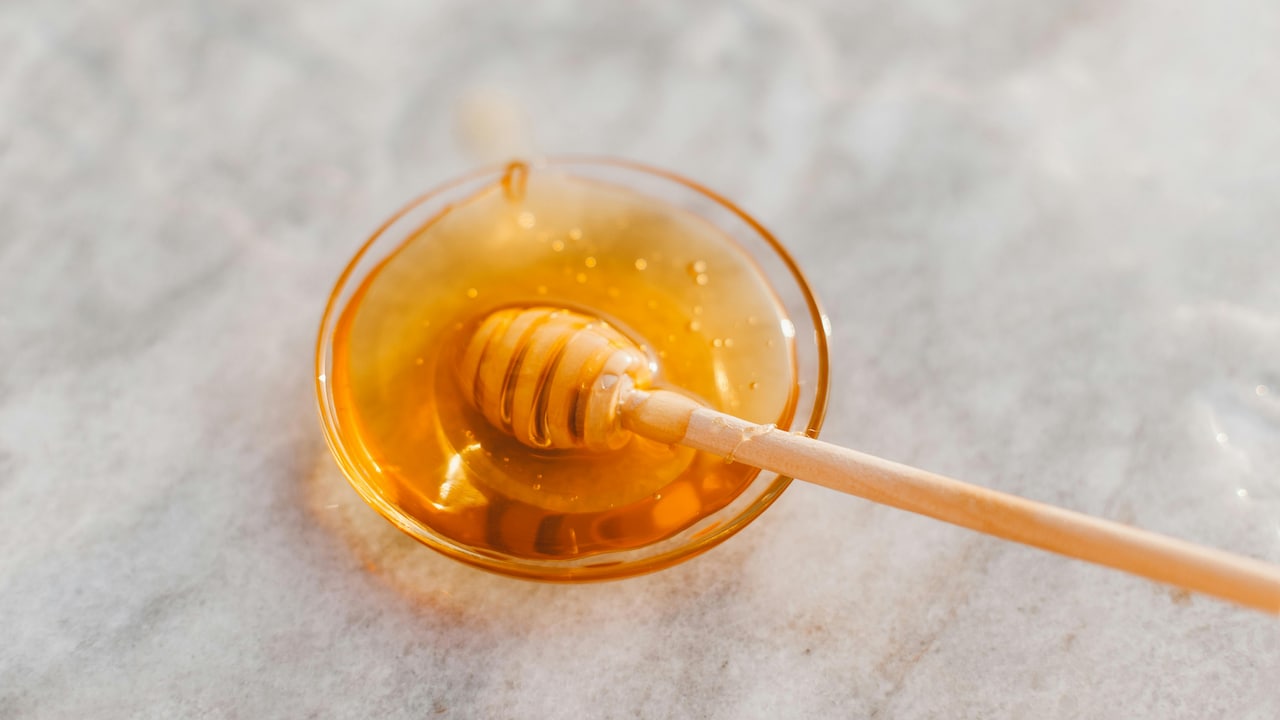
The Honey Temperature Rule: Why Heating Honey Destroys Its Benefits
Photo Credit: Pexels
Products Related To This Article
1. Apis Himalaya Honey
2. Dabur Honey Squeezy
3. ZANDU Pure Honey
4. Saffola Honey Active
5. Apis Organic Honey
Honey carries a rare blend of sweetness and wellness, but only when handled with care. One simple insight, protecting it from excess heat, ensures every spoon retains its natural goodness. Warm drinks instead of hot ones, gentle handling instead of rushed mixing, and mindful storage instead of convenience-based habits all play a part.
This small change helps households enjoy honey's full value, from daily routines to festive moments. Treat honey as a delicate companion in the kitchen. With a little attention, it continues to sweeten life naturally, just as nature designed. Shop now on Flipkart.
(Disclaimer: This article may include references to or features of products and services made available through affiliate marketing campaigns. NDTV Convergence Limited (“NDTV”) strives to maintain editorial independence while participating in such campaigns. NDTV does not assume responsibility for the performance or claims of any featured products or services.)







